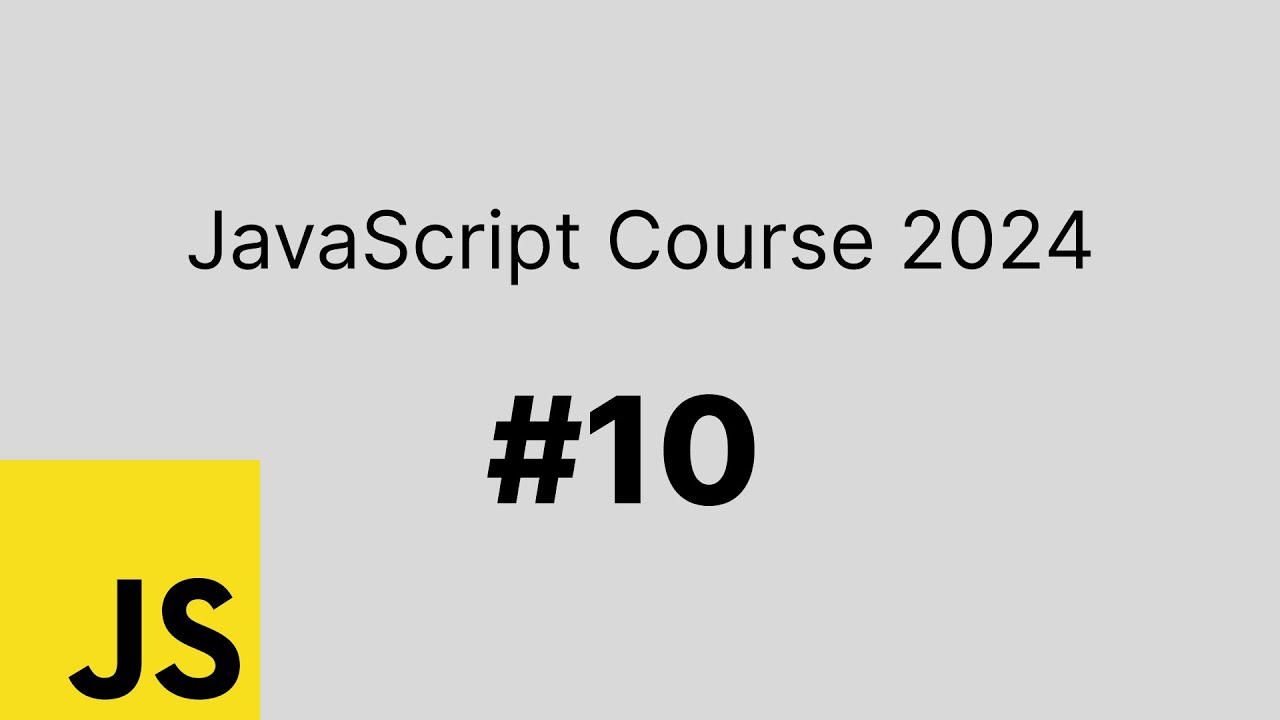In the realm of programming, decision-making is a crucial skill that allows developers to control the flow of a program based on specific conditions. This is particularly true in JavaScript, where if/else statements serve as foundational tools for executing different code blocks depending on whether a condition evaluates to true or false. In this article, we’ll explore how to effectively use if/else statements in JavaScript through practical examples, enhancing your understanding of program flow control.
What Are if/else Statements?
If/else statements are control structures in programming languages that allow for branching logic. This means that based on a given condition, the program can choose to execute one block of code or another.
Structure of if/else Statements
The basic structure of an if/else statement in JavaScript consists of the if keyword followed by a condition in parentheses, followed by a block of code in curly braces that executes if the condition is true. The optional else block executes if the condition is false. Here’s a simple syntax template:
if (condition) {
// Code to execute if condition is true
} else {
// Code to execute if condition is false
}Example 1: Checking Driver’s License Eligibility
Let’s consider a practical example where we determine if a person is eligible to start taking a driver’s license based on their age. In this case, the legal minimum age is typically 18.
let age = 19;
let isOldEnough = age >= 18;
if (isOldEnough) {
console.log("Sarah can start her driving license! 🚗");
} else {
let yearsLeft = 18 - age;
console.log(`Sarah is too young. Wait another ${yearsLeft} years.`);
}In this example, if the age is 19, the output will confirm that Sarah can start her driving license. On the other hand, if the age were set to 15, it would indicate how many more years Sarah needs to wait.
Understanding Boolean Conditions
The key to using if/else statements lies in understanding Boolean conditions. Boolean values are either true or false. In our example, we used the comparison operator >= (greater than or equal to) to evaluate if Sarah’s age satisfies the requirement.
Example 2: Conditional Variable Assignment
To further illustrate the power of if/else statements, let’s create another example where we determine the century of someone based on their birth year. This showcases how we can assign variables conditionally:
let birthYear = 1998;
let century;
if (birthYear <= 2000) {
century = 20; // 20th Century
} else {
century = 21; // 21st Century
}
console.log(`The person was born in the ${century}th century.`);This snippet records whether a person born in 1998 belongs to the 20th or 21st century. The century variable can be dynamically filled with either value based on the condition checked.
The Optional Else Block
One notable characteristic of the else block is that it is optional. If you do not need an alternative action when the condition is false, you can write just an if statement.
For example:
if (age >= 18) {
console.log("Eligible for a driver's license.");
}In this scenario, if the condition is false, no additional code will be executed.
Benefits of Using Control Structures
If/else statements allow developers to control program execution flow effectively. Here are some benefits:
- Flexibility: It enables branching logic, handling multiple scenarios in code.
- Readability: Clear structure allows for easier understanding and maintenance.
- Debugging: Isolating conditions can simplify troubleshooting and enhance code quality.
Best Practices for Writing if/else Statements
To ensure your if/else statements are efficient and maintainable, consider the following best practices:
- Use clear and descriptive variable names: This helps in understanding the logic easily.
- Keep conditions simple: Complex conditions may affect readability and understanding.
- Comment your code: Providing comments can clarify the purpose of the if/else blocks for future reference.
- Avoid deeply nested if/else statements: This can lead to confusion; strive for flatter conditional logic where possible.
Recap and Conclusion
To summarize, if/else statements are a powerful feature in JavaScript that allows for decision-making within your programs. By assigning conditions and executing code accordingly, developers have greater control over how their software behaves. Mastering this concept is essential for anyone looking to become proficient in programming.
Ready to test your understanding? Try implementing an if/else statement to determine various conditions in your projects! Get creative and explore the many ways decision-making can enhance your JavaScript skills.
Call to Action
Start practicing with if/else statements in your coding projects today! Experiment with different conditions and see how you can control the flow of your programs like a pro!

